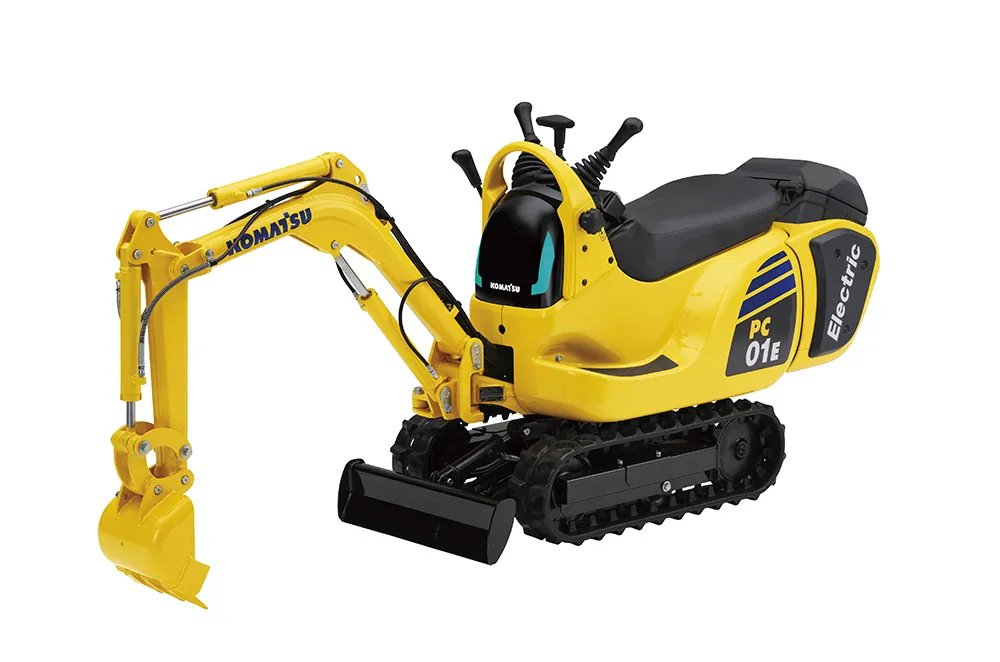
The firm says that the upgrade will increase efficiency at the factory that is responsible for producing the ZX10 to ZX85 models. It will also meet the growing demand for Hitachi mini and compact excavators across Europe.
The factory’s general manager, Marco Verhoef, said, “We have already doubled our output since 2014 from 2,500 to 5,000 machines by 2018. The renovation of the factory was necessary to help us grow further, and will enable us to produce more than 7,000 machines/year, according to market demand.”
“Thanks to all of our dedicated personnel, we now have a fully redesigned and modernised factory, and are very proud of what we have achieved. We are ready for the future, to supply more machines at shorter delivery times and lower costs.”








